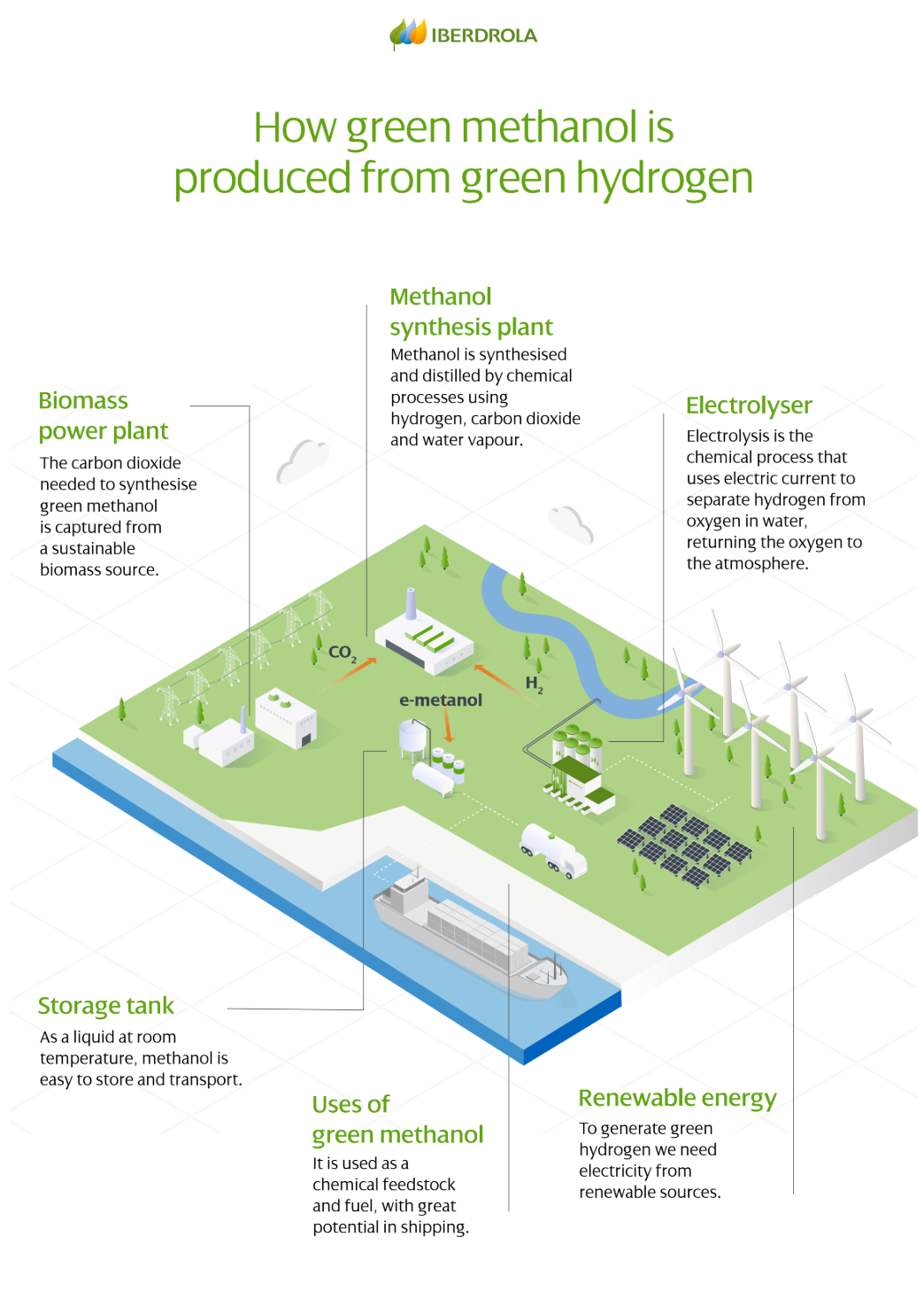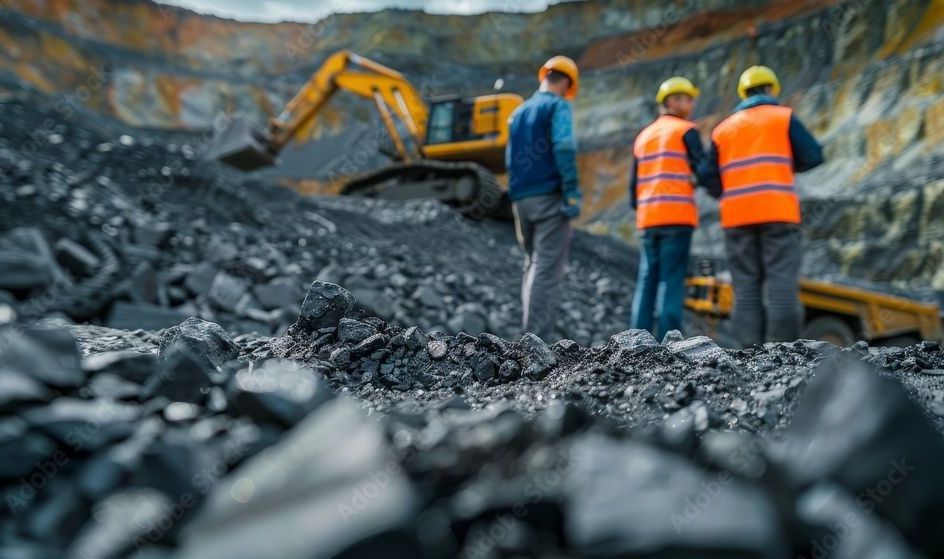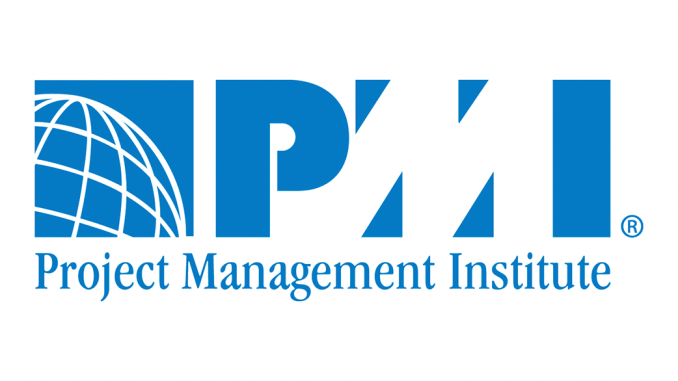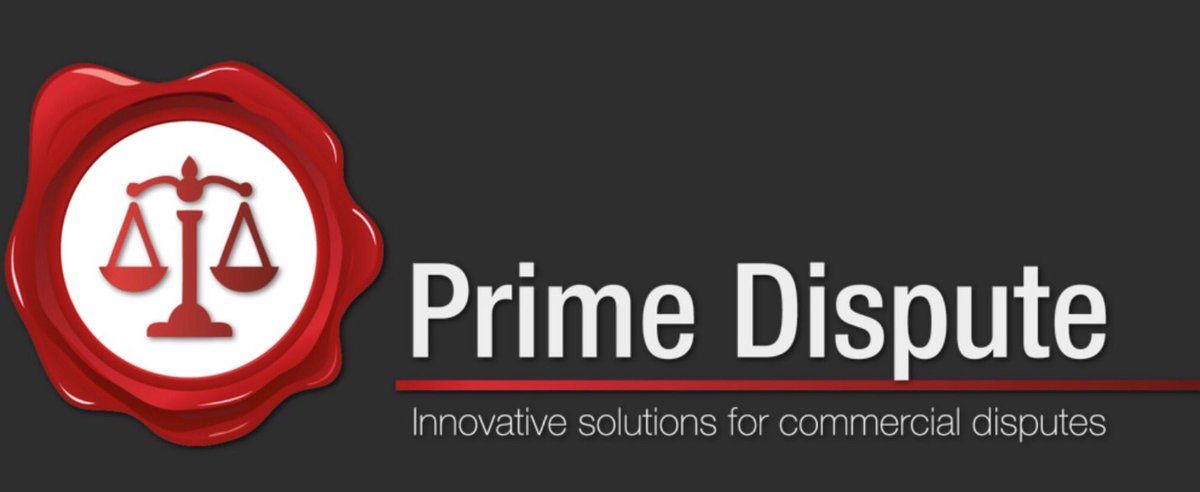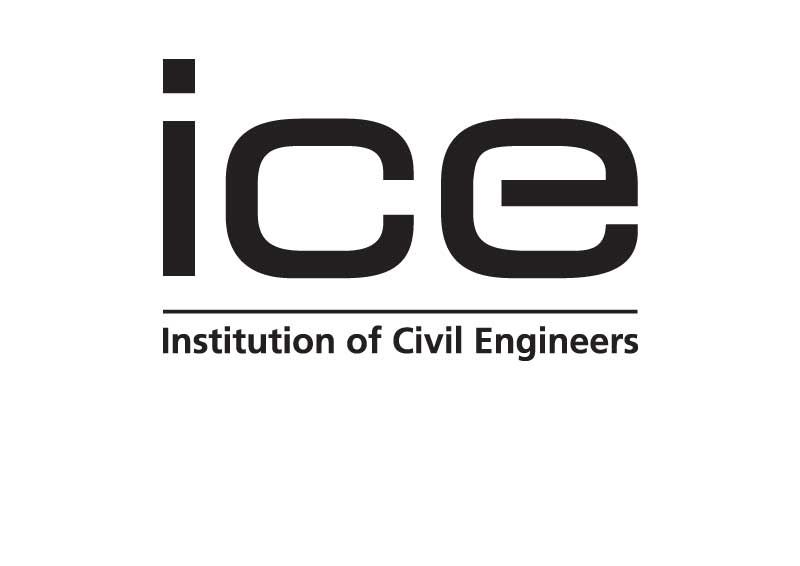FORENSIC ENGINEERING AND EXPERT WITNESS SERVICES
11 October 2022
Last year I wrote an article about Forensic Delay Analysis on the back of COVID-19 claims.
Whilst the theory in the article remains correct, we are now in a position where we are retrospectively reviewing construction delays during COVID times (if it is true that COVID is no longer affecting projects…). As noted in such article, the main methodologies available to perform a retrospective analysis , according to the Society of Construction Law (2 nd Edition), are the following :

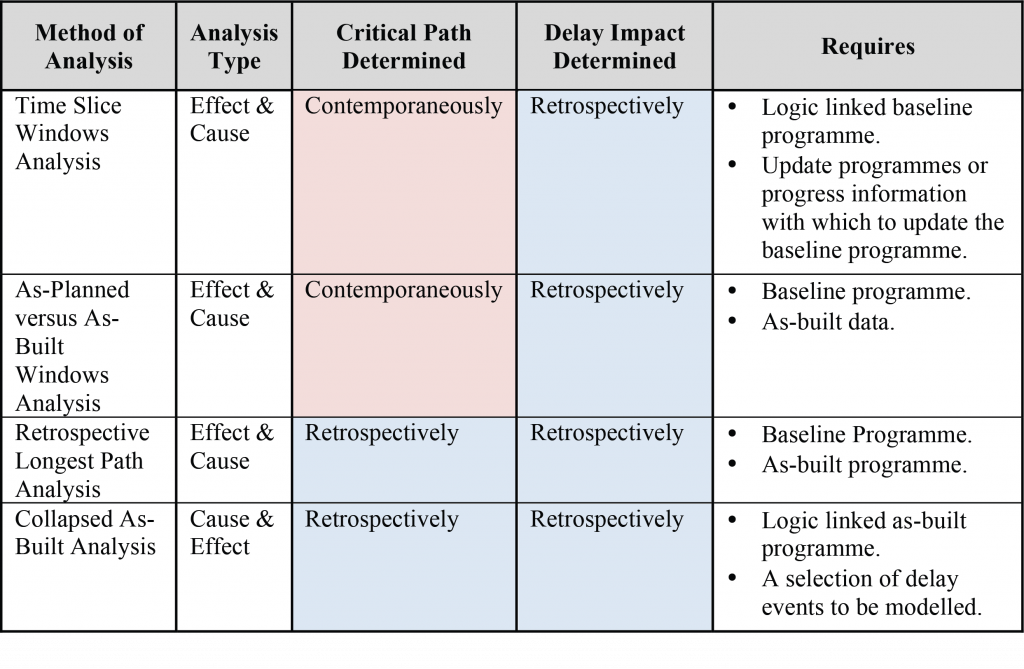
As further described in the Protocol, and explained in various of our articles and presentations, those 4 methodologies depend heavily on the documentation available, the time and budget the expert has, and the requirements for the particular claim.
For instance, both Windows Analysis continue to remain the favourite ones in large disputes, but when there is less information available and records were not kept to the expected level of quality, we see that the Retrospective Longest Path Analysis would become handy. It is indeed a method that some may consider more simplistic, but it does help the expert and the Parties to understand the retrospective as-built critical path of the project, and be able to understand how events unfolded from at least a higher level.
This would in turn facilitate a view on whether COVID related delays actually fell part of the longest critical path, or indeed were concurrent, or not even critical. I have read many articles of different law firms, at the time that COVID was happening, recommending contractors to keep good records for future claims:
See for example the article by Baker Mckenzie on January 2021.
One of the key elements listed there was to maintain the record of impacts . In particular, “ In the event a construction site is shut down due to a governmental order, owners should meet with their contractors to determine the status of their projects at the time of the shutdown and the work remaining. Moving forward, owners should request their contractors to submit detailed reports of impacts and real time itemization. Parties to construction contracts should regularly collect data regarding the circumstances affecting the work and their mitigating efforts. This data collection will allow the parties to accurately track impacts and anticipate delays and extra expenditures ”.
I completely agree with such ideal scenarios, but the question now is, was this done? Regrettably, in various of the cases we are involved at, the Parties did not record properly both the status of the project in different periods, or even less the impact that a shutdown would have on the completion of the project. This is because either the project was already in trouble before any COVID effects, or at the time these events occurred some key personnel were not present due to isolation, sickness, or company guidelines.

Pinsent Masons also recorded in August 2021 that ‘ Covid [was] to impact construction claims ‘until at least 2023’ .
The article highlights the well-known provision of “force majeure”, but most experts know that whilst delay incurred in a period of force majeure could be excusable (i.e. the contractor safe from Liquidated Damages), this is hardly compensable (i.e. the contractor paid for prolongation costs).
One key point that Pinsent Masons highlighted at that point was that in order to calculate the impact of disruption , the affected party would have to demonstrate what was the productivity that would have been achieved “but for” the effects and disruption caused by the pandemic (if any). In order to do this, the party would have to demonstrate the quality and validity of its records at the point when the effect would begin to occur. This again means that record keeping, as it should always be, is at the heart of delay claims on the back of COVID-19.
A study of the Construction Industry has shown, earlier this year, that 9 out of 10 large projects were behind schedule:
That means, of course, that only 10% of the projects ‘survived’ from the effects of the pandemic. The article certainly highlights issues with supply chains, as we discussed last year, and specifically highlights issues with the supply of structural steel as one of the most critical elements, given that there were shortages and increased prices (70% higher!).
What this all Means
The essence of this article is to highlight that in order to properly differentiate and demonstrate those delays incurred because of COVID related issues, the parties have to be able to segregate and organise all the project information as best as possible, including all available schedules, progress reports, site photographs, timesheets, relevant correspondence, invoices, and any other available piece of information that would help them, and their experts, to assess the delays and to assign responsibility. I would also recommend for these parties to locate key witnesses of fact, so that their relevant experience can be recorded properly, especially in the absence of substantial evidence.

Having said the above, the construction industry in Europe is having of course a second blast with the war in Ukraine. Whilst this is of course sadly still ongoing, the country will have to start re-building at some point and this would require a lot of resources of all kinds. It reminds me of a case I had in mid-2000’s in Dubai, when a major building complex was halted for a year because of Government regulations, and when the project resumed, they could not find the right personnel and relevant resources as the country’s construction industry was booming, so their expected productivity went to the floor. Similarly, I was involved in a complex construction dispute in Libya, that following the outing of Gaddafi in 2011, the project could not be properly completed due to the unsafe conditions in the country for various years and unavailability of vendors to complete key activities such as commissioning. That particular dispute lasted around 10 years, so clearly a lot of key personnel left the relevant companies, and therefore obtaining good contemporaneous information was difficult. Again, contemporaneous records should be saved like gold.
We expect that COVID-19 related claims will continue well beyond 2023, and this is basically because in some of the major engineering and construction disputes we get involved at, it takes at least some 3-4 years before we get appointed. At that point all these “recommendations” above would have been long forgotten by contractors, so we remain at their disposal to collate information NOW, and not in a few years’ time.
Daniel A. Correa
Managing Director
DAC Consulting Services Ltd
The post Forensic Delay Analysis on the back of COVID-19 Claims (2022 update) appeared first on DAC Consulting.
Industries We Serve
DAC Consulting Services is proud to work with clients across a diverse range of industries.
Our tailored approach ensures that we meet the specific needs of every sector we serve


Oil & Gas
Supporting upstream, midstream, and downstream operations, we offer
expertise in pipeline disputes, offshore projects, and refinery challenges.
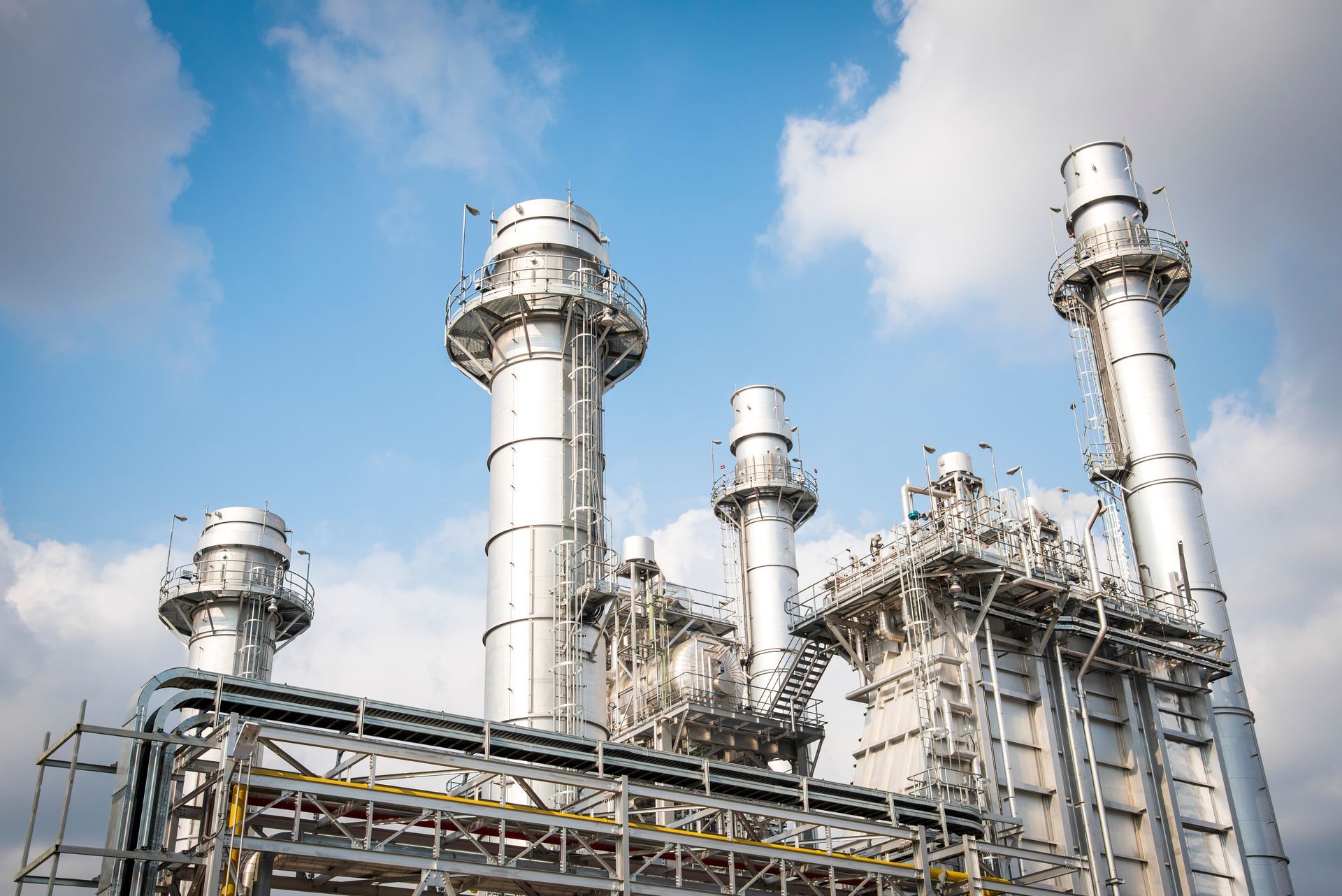

Power Generation
From traditional coal and nuclear facilities to modern renewable energy projects, we provide expert insights and technical support for efficient power generation.


Renewable Energy
As the world transitions to sustainable energy sources, our team helps clients navigate the complexities of solar, wind,
and hydroelectric projects.
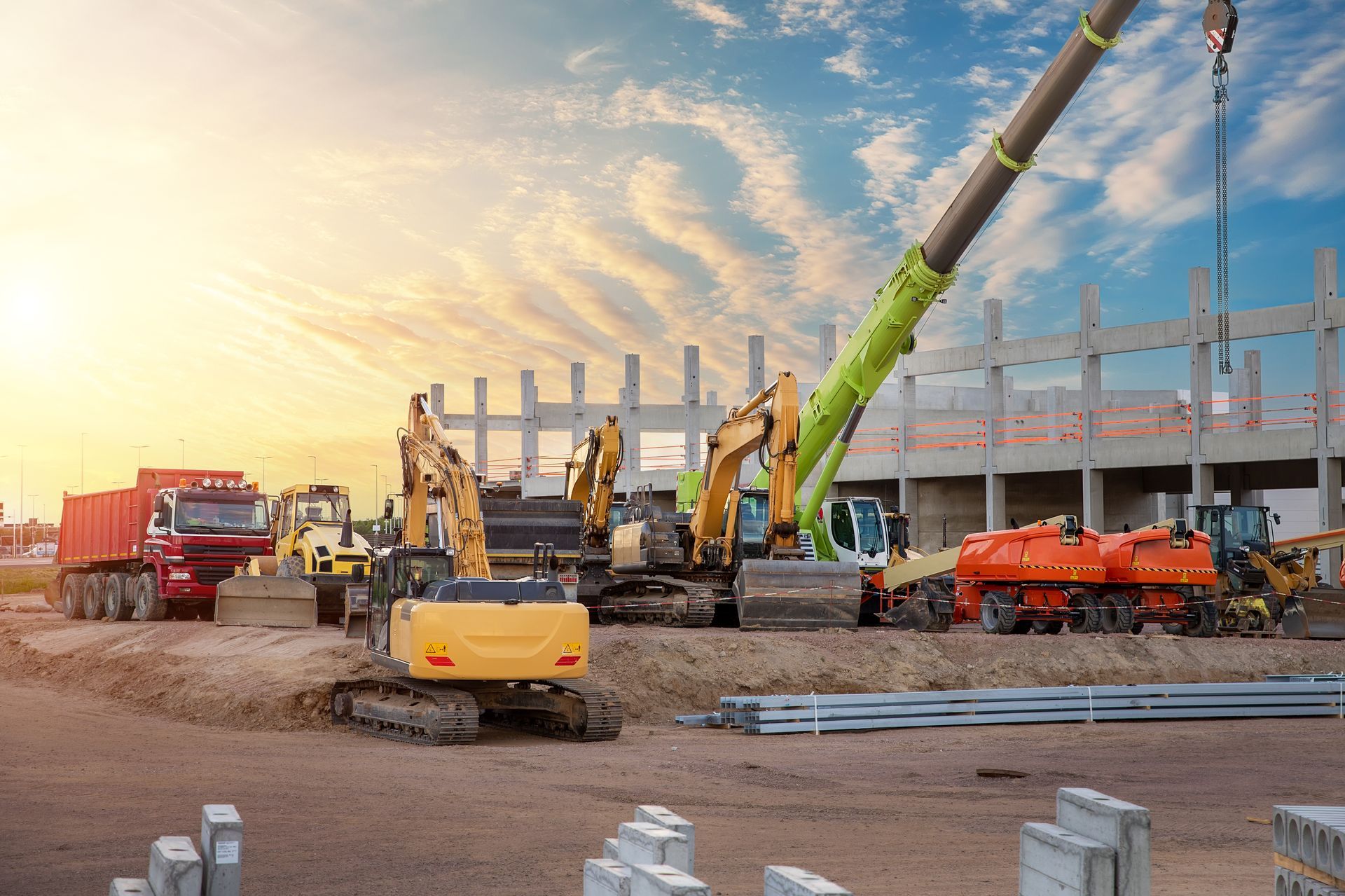

Construction
We specialise in large-scale public and private sector projects, including airports, bridges, metro systems, and urban developments.


Manufacturing
Our forensic engineering and dispute resolution services are critical for industrial and manufacturing facilities, ensuring operational continuity and efficiency.
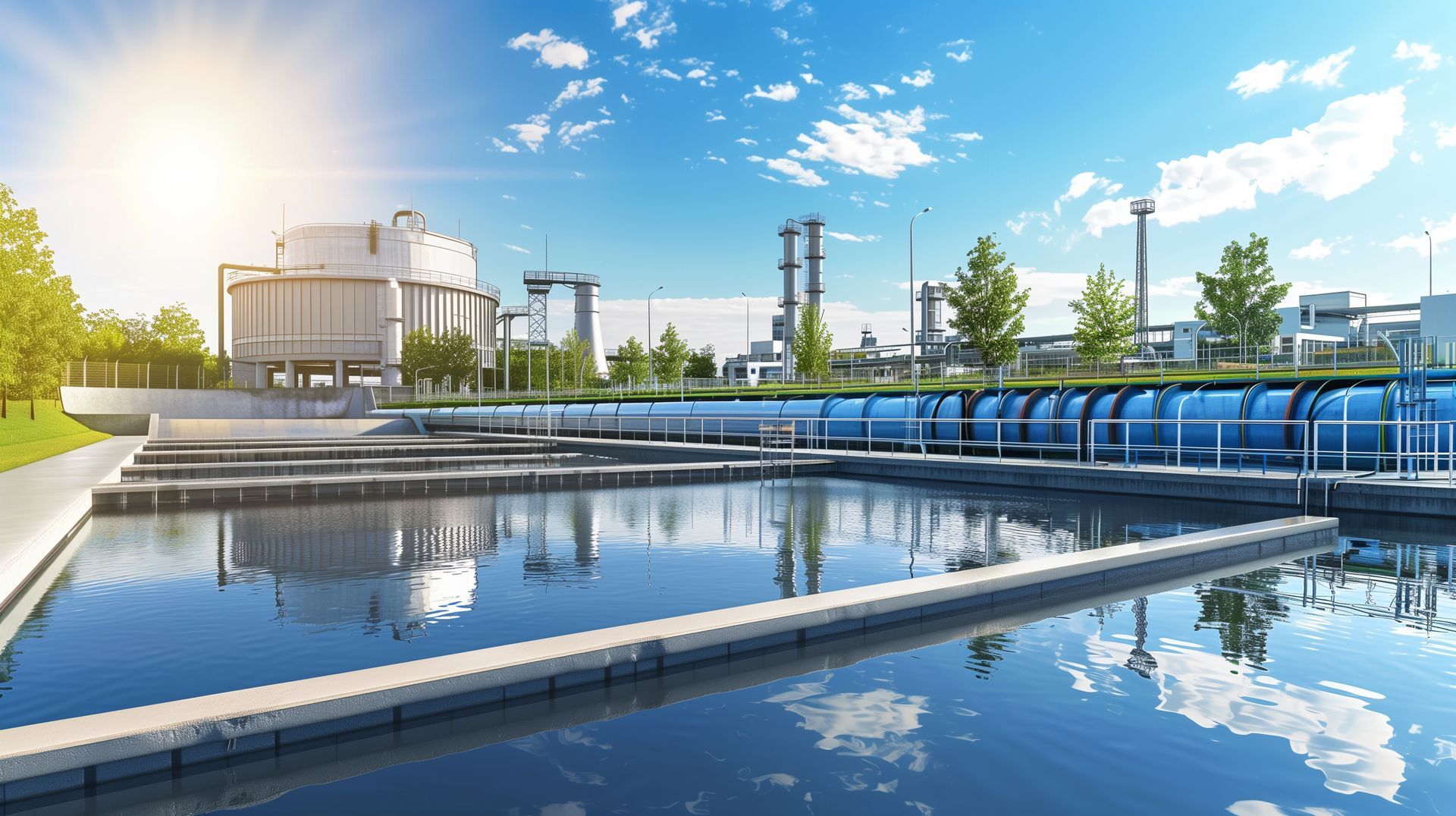

Infrastructure
From transportation systems to public utilities, DAC supports infrastructure
projects that underpin communities and economies.
Get in Contact
We are committed to delivering excellence, ensuring clarity, and supporting your success.
Whether you need forensic engineering expertise, expert witness support, or assistance navigating the complexities of your industry, DAC Consulting Services is here to help.
Request a Consultation
Simply fill in the form below and one of our experienced team will contact you to discuss your requirement.
Contact Us
We will get back to you as soon as possible.
Please try again later.
London (HQ) Office
79a Grapes House
Suite 4, First Floor, Esher
Greater London
United Kingdom
KT10 9QA
Business Hours
- Mon - Fri
- -
- Sat - Sun
- Closed








